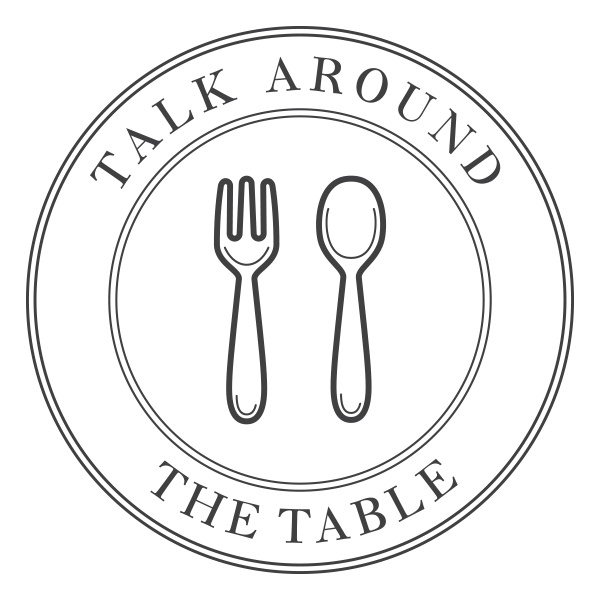We're about to welcome a new baby at our house in the next few weeks (or days)! I know there will be a lot of change for my older daughter to process, but one of the things that stays consistent around our house is communicating directions. It's my toddler's job to test boundaries and crave independence, and it's my job as an adult to be clear and consistent so that she feels safe to pursue things on her own within the boundaries we have outlined as a family. I use the same phrases with my speech therapy clients and it makes sessions go smoother with more gains in language and less distracting behaviors.
Using clear, straight-forward, and consistent language helps your child follow through because they actually understand what you are asking them to do.
Here are 5 phrases that make our daily round-up:
- "Let me know when you are ready"- Great to use when you truly don't mind waiting. When my daughter is finished with eating and ready to get down from her chair, she will sometimes push her feet against the table. I say, "I'll wash your hands and get you down when you take your feet off the table. Let me know when you are ready." I don't want to spend my time convincing her to follow directions. Using this phrase and then walking away is usually a quick motivator for her to follow through!
- "I need you to___"- A simple, clear phrase that communicates exactly what you want. "I need you to take your shoes off and put them in the basket."
- "It looks like you need some help"- Nothing undermines a child's cry for independence like offering your help. I often use this phrase if my daughter is lingering and not following through on something I have asked. She usually gets moving right away to avoid my help!
- "When you ___, I will ___"- This phrase provides a choice to your child and also a clear expectation of what you want them to do. "When you sit on the potty, then we will go outside."
- "I don't want you to ___"- If your child is doing something that's potentially unsafe (or just annoying. . .), this is a phrase to include. I try to limit my use of language that sounds like "NO NO NO" and reserve it for situations that are truly a big deal. "I don't want you to chew on the table. That will hurt your teeth." I often provide a brief explanation for my command so that my child connects my words with their actions.
Some days things go beautifully, while other days I tell my daughter to walk to the house and she bolts in the direction of the neighbor's lovely garden. Children are unpredictable and often throw us for a loop, but we are all on this journey together. I find that using clear language and being consistent results in far more fun and less frustration. Leave a comment and let me know how these work for you!
If you want more info about communicating clearly and setting boundaries with your young child, this book is a great resource.
*Affiliate links included

